Nightbringer
2017-03-08
by Niklas Göransson
Nightbringer is an international black metal collective based in the United States. They speak of chanting through the eternal recurrence, and how the foundation of Western music was cemented with mathematics and mysticism.
A significantly extended version of this article is published in Bardo Methodology #2. The issue features conversations with Bobby BeauSoleil, REBIRTH OF NEFAST, Reverend Kriss Hades (SADISTIK EXEKUTION), MANILLA ROAD, ABIGOR, ATLANTEAN KODEX, MASTER’S HAMMER, NIGHTBRINGER, RAM, IMPALED NAZARENE, CLANDESTINE BLAZE, PHURPA, and INQUISITION.
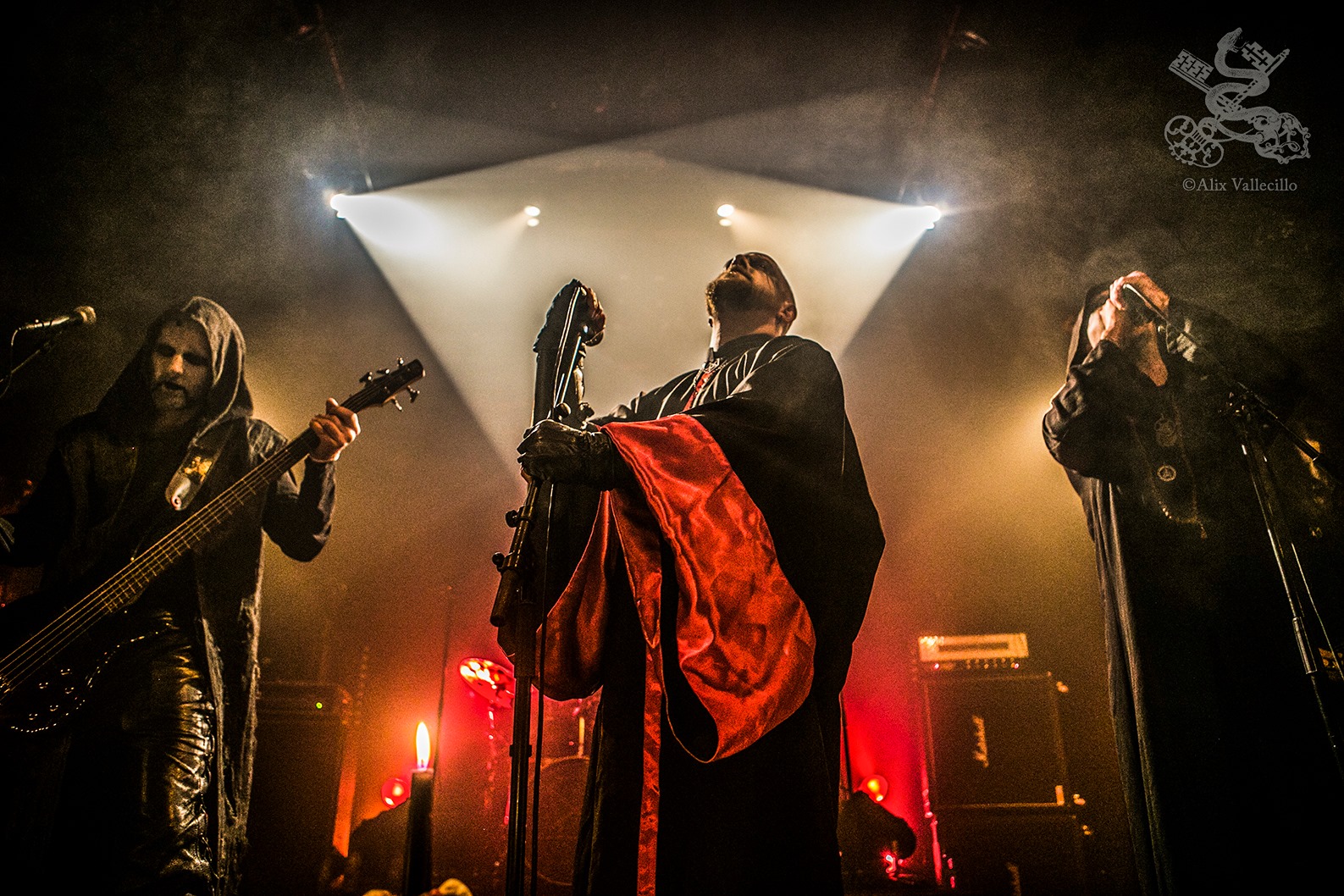
– Themes for our new record continue along the same path as they always have, says vocalist and guitar player Naas Alcameth; matters of faith, philosophy, personal journeys and so forth. For the cover art, we collaborated with David Herrerias again – the design was a work in progress when I happened to see it, but fit the album perfectly.
Inspecting modern black metal bands, I often find myself subconsciously pondering their lineage of influence. Listening to NIGHTBRINGER’s new album, “Terra Damnata”, I wonder if it would be a fair statement that their style rests on a musical heritage traceable to EMPEROR’s iconic 1994 debut, “In the Nightside Eclipse”.
– I’d say that’s a decent assessment. EMPEROR’s early work left a massive impression on us as teenagers, they were highly influential in our formative years.
– Yes, says guitarist VJS, the atmosphere and quintessentially aristocratic approach to black metal epitomised by early EMPEROR is obviously a tradition we honour in our work. Yet upon closer inspection, the astute musical autist could easily find hallmarks of even earlier Faustian composers such as Arnold Schoenberg, Franz Liszt, and Dmitri Shostakovich.
– There were of course other important releases, Naas continues, such as MYSTICUM’s “In the Streams of Inferno” and the THORNS demos, amongst others.
The symbol you (Naas) have painted in your forehead live, is that a third eye?
– In a nutshell, yes. It represents various interconnected symbols and concepts such as the Eye of Shiva, which has relations to Saturn, as well as the light pouring forth from Da’ath.
This mythical lens of otherworldly sight is believed to be physically represented in the human brain by the pineal gland, which is about the size of a pea and resides precisely where the Third eye of the Buddha is customarily placed in depictions. To the Buddhist, it represents spiritual awakening through knowledge and wisdom. The same symbol was also adopted by religions such as Hinduism and Taoism, older cultures like the Egyptians, and numerous contemporary Western esoteric traditions.
– I certainly think there’s a connection between the third eye and the pineal gland, but I wouldn’t restrict sacred concepts to either biology or the psychological. When discussing links between the physical and the numinous, what can be properly termed as ‘the divine’, I find it important to not only keep in mind but also properly understand phrases such as ‘as above, so below’.
Naas is paraphrasing the Corpus Hermeticum – the sacred text of Hermeticism, an ancient esoteric tradition based primarily on writings attributed to the enigmatic Hermes Trismegistus:
That which is Below corresponds to that which is Above, and that which is Above corresponds to that which is Below, to accomplish the miracle of the One Thing.
– Hermeticism is a tradition in which the practitioner not only comprehends, but more importantly engages and participates with living symbolism – symbols that are indeed the language and extensions of the divine. Ciphered in terminologies and images relaying sequences of rather complex processes which, when understood correctly, reveal spiritual processes of transformation, ontological matrices and so forth.
Ophis continues:
– The Corpus Hermeticum is at least in part an adaptation and continuation of the Egyptian priestly tradition. For instance, Peter Kingsley has demonstrated the likely meaning of the name Poimandres, which is a chapter of the book in question, as ‘Mind of Ra’. As for the identity of Hermes Trismegistus, I’d say it’s more like a function or archetypal kind of figure than a singular personage. Similar to the alchemical treaties attributed to Geber.
Geber is a pseudonym used by either one or several anonymous 13th century European alchemists who wrote a number of books on alchemy and metallurgy.
– Hermes Trismegistus would be the intelligence which originated the tradition. There is a likely linkage to the Egyptian priesthood here, so Hermes would be the later Greek adaptation.
A Hermeticist sees creation from a microcosmic and macrocosmic perspective, where the world within one’s self is reflected by the universe outside. That which transpires in one plane of existence is mirrored on the other side, urging adepts to seek understanding in both to fully comprehend their counterparts.
– So, Naas continues, claims that we can logically reduce phenomenon or experiences deemed ‘sacred’, ‘metaphysical’ or what have you, to merely a series of physical processes is always found wanting. While the quantitative facets can be examined to some extent, the qualitative or greater aspects will forever lie beyond the grasp of modern science – such things simply do not conform to the playing field it operates on.
The outfit you wear in concert, does it carry some manner of ritualistic significance or is it primarily geared towards the visual experience?
– I’d say that both statements are true for my personal attire. Although not a tau robe specifically, it bears the same concepts. Its colours are significant in certain forms of magic; black symbolises our hidden nature, and the red inner-lining signifies a fire within the darkness of the self. Of course, it’s aesthetically fitting as well, perhaps even generically so.
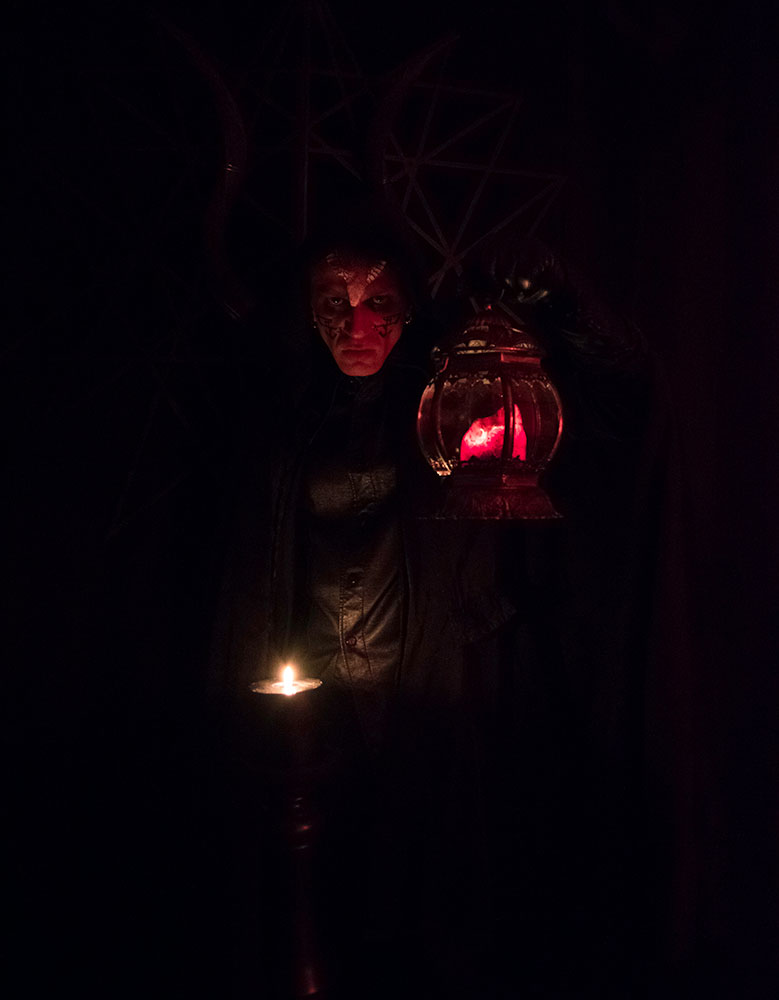
I had similar musings about a few promo shots, wondering if what said pictures depict also transpires when there are no cameras around. VJS explains:
– And now we get to the questions set to undermine and mock that which has been primary to the potency of black metal since it came to prominence… When you first saw the cover of DARKTHRONE’s “A Blaze in the Northern Sky”, did you wonder the same thing about Zephyrous? No, you did not. He was a wraithic ghoul beyond personalisation.
I was actually genuinely curious if this takes place autonomously from photographic activity, and would if so be curious to know what I’m looking at.
– I suppose it’s easy to think that aesthetics in black metal have no value in light of the current Facebook gestalt – but rest assured, ye who dare to know, there remain a few who portray themselves exactly as they are. The truth lies in the opposite of your assumption; we adorn garb and other implements that are part of our daily ritual engagements or have a direct correlation to the varying spiritual paths each of us tread.
A simple ‘yes’ would have sufficed, but I’m delighted we got there in the end.
– Yes, guitarist and vocalist Ophis chimes in, most certainly. We are engaged in ritual practice, though the specifics vary from member to member. The photos themselves you could call a kind of composite, in that they have elements taken from all of us. Well, at least those of us who live in the same area.
This is bound to violate all kinds of esoteric principles, but in the interest of discussion I ask to be humoured. Let us for the sake of argument say that I was an atheist sceptic, I’m curious if Ophis would be capable of showing me that magic is real.
– First of all, in answering this I think it matters a great deal whether or not one already has reason to believe in anything of arcane nature. Those seeking ‘proof’ tend to approach it with a mind-set that’s generally not beneficial to understanding such things. But seeing as this is a hypothetical question, and since I don’t really know you, I’m going to make some assumptions here and speak in more general terms that may not apply to you personally.
The term ‘magic’, he says, is fraught with preconceptions.
– Most people require something they can physically see and touch in order to be convinced – which is understandable up to a certain point but ultimately misguided. Judging from your question, you seem to be implying that magic refers to the acquisition of supernatural powers; what they call siddhi in the East. I’d settle for any sensory phenomena the average person would concede is not part of mundane reality, something inexplicable to the rational mind.
– I believe there to be magic in much of what we take for granted – in the mind’s processes, and in that which is behind what we call ‘nature’. All these things have mysterious origins that aren’t susceptible to reductionist explanations.
So, regarding this demonstration?
– I personally possess no paranormal abilities and would as a result be unable to perform any such tricks. Even if I could, I’d have to be very careful since indulging curiosity in this way would likely lead to misunderstandings and an overvaluation of phenomena. A question worth asking though, is would you even recognise the display if it was made?
That would obviously depend on the character of the sorcerous showcasing, I’d presumably take notice if my smallclothes were set ablaze.
– Not every exercise of power need be perceptible to everyone; in fact, the strongest energies of all would likely be invisible to most. Effects of an initiation, for example, may not be immediately perceptible – this doesn’t mean nothing happened, only that results can take time to emerge from the depths of one’s subconscious. Much like a seed being planted – in order to grow, the initiatory kernels require cultivation in fruitful soil. Developing below ground, only once mature enough will they break through the surface. Regardless, most of those who find all of this to be nonsense won’t be convinced without witnessing levitation or something equally fantastical. Modern people are so very democratically minded, dismissing all notions unless visible for all to see.
Ophis adds that as far as he’s concerned, the validity of his practices has little to do with whether others believe in them or not.
– I’m certainly not looking to convert any sceptics. If you were truly curious and interested, I could point you to books and techniques I think are valuable and then tell you to reach your own conclusions. Any proof to be found lies in personal practice.
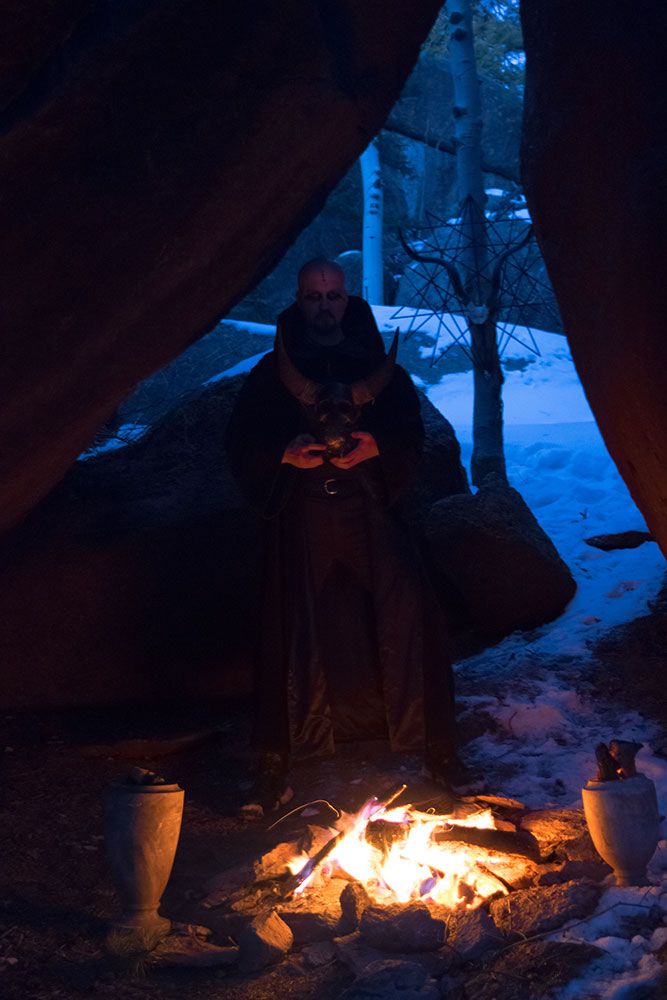
Since the band already contains two stateside vocalists, I’m curious as to why they need an additional orator on the other side of the Atlantic Ocean.
– NIGHTBRINGER as I’ve come to experience it during the past seven years, says ar-Ra’ad al-Iblis, does not function like most acts. In many ways it’s a collective of individuals as well as a forum for certain metaphysical and religious ideals, expressed through art and music.
You write some of the lyrics, are you part of the composing too?
– The creative process begins with discussions and a sharing of theoretical and practical information regarding various esoteric subjects. This then becomes the basis for how the material will be written. It’s mainly in this way I’m able to contribute, being mostly focused on lyrics and the music’s philosophical aspects.
Besides the growling, he also contributes somewhat unorthodox vocals such as the chants in “The Lamp of Inverse Light”.
– They were recorded in the cellar crypt of the northern tower of the rather infamous Wewelsburg castle in Germany. The room itself is shaped like a dome, and the resonance at its centre is very interesting – all sound appears to echo back to the centre. So when talking, or in this case chanting, it felt like I was standing in a vacuum.
Following the interview, ar-Ra’ad al-Iblis sends me the raw audio recording and the reverberation is indeed quite extraordinary.
– Above the centre is an air pipe shaped like a swastika, which somehow made me think of it as if I was standing at the very centre of the universe, spreading the divine word across every corner of it. Or something like that.
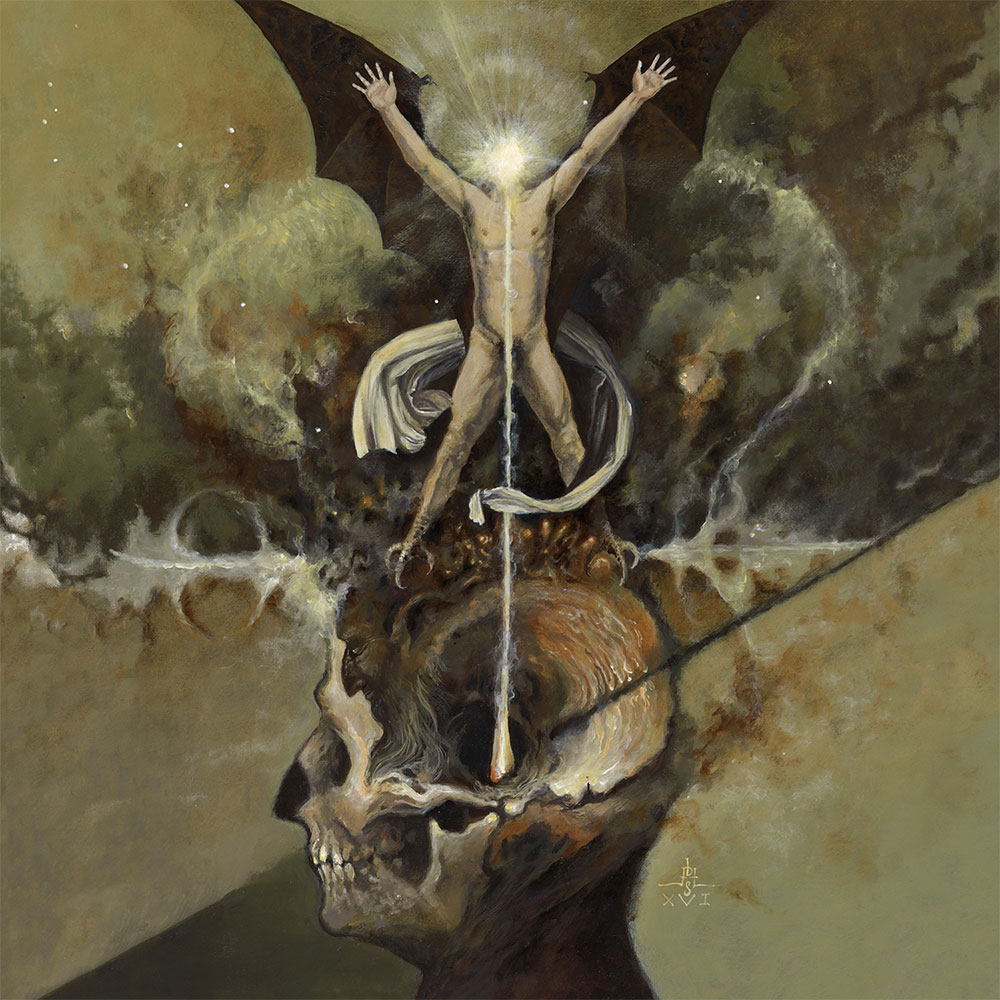
The synergy between sound and the human mind is a recurring talking point on Bardo Methodology. Every individual object consists of a unique composition of atoms dependant on its shape and mass, and as such has its own resonant frequency. When any kind of soundwave is broadcast, all atoms within its frequency will begin to throb; a phenomenon called resonance. We humans are built the same way, and so our bodies react accordingly. Science suggests that this is what enables transcendental experiences with the aid of Tibetan singing bowls, chimes and various voice applications.
– Certainly a fascinating field of study, says ar-Ra’ad al-Iblis, one I’d urge scientists to look deeper into. In Western music tradition, we have Pythagoras’ theory pertaining to the tonality of celestial spheres, where tonal intervals which remain in use to this day are based on how planets move in orbit.
Pythagoras of Samos was a 6th century BC Greek philosopher and mathematician, whose posthumous legacy has been tremendously important to an impressive number of modern and occult scientific fields. Studying under priests of the various Mysteries, he learned the divine theory of music – a revelation which set him upon a quest to understand the forces governing dissonance and consonance. Pythagoras found his answers in simple mathematics and is today credited as discoverer of the diatonic scale, a rule-set for music notes on which basically all European composition from medieval times until the 20th century is based on.
– This is the reason why Western music sounds the way it does, even today, although I doubt most casual radio listeners or even musicians give that much thought. When it comes to modern science and its investigation into these matters, what I think is missing and hardly even taken into consideration is how the sounds and notes are thought to be ‘charged’ by the one uttering them.
What Pythagoras laid bare was the organised, mathematical foundation of music – he showed that it’s neither indiscriminate nor arbitrary; essentially solving the riddle of what makes human interaction with certain notes and scales so special. His ideas would live on in the teachings of Pythagoreanism, a worldview based largely on an amalgamation of mathematics and mysticism, which has in turn been highly influential to Western philosophy.
– These are highly metaphysical concepts that can be seen as means of transmitting through the human body and psyche resonances capable of otherworldly elevation. Behind this lies the Hermetic assumption that man is an image of the greater cosmic order – and can, by use of mathematically calculated vibrations, be granted access to higher states of mind corresponding to planetary spheres. After studying astronomy, mathematics and music theory, the early Pythagoreans proclaimed that everything in the universe can be comprehended by integers – meaning, numbers without fractions.
Using an example from the musical arts, their research determined how vibrational strings always resound in harmonious tones when their length-ratio corresponds to whole numbers.
– These models are integral parts of the philosophy, but that doesn’t mean magic in music is limited to the mathematical. Just a few simple words or notes of a song can change the way you view the world, but it has to be done in that perfect moment and at the exact stage in your life when you are open and receptive to it. The same goes for mantras.
Through millennia of vocal and auditory experimentation, humankind has identified certain sacred words and chants capable of producing uniquely profound mystical experiences. Mantra is a Sanskrit word which means ‘instrument of thought’ – it’s spoken or sung, often in great repetition, to establish a connection to the numinous.
– I absolutely think it’s possible to measure which sounds are effective in inducing certain states of mind, and that has been adopted in both esoteric and exoteric practices since forever basically. Still, there’s a great subtle aspect that is so hard to pin down by a mere materialistic approach; we’d lose the actual point of these practices if we were to reduce them into mere ‘sounds’.
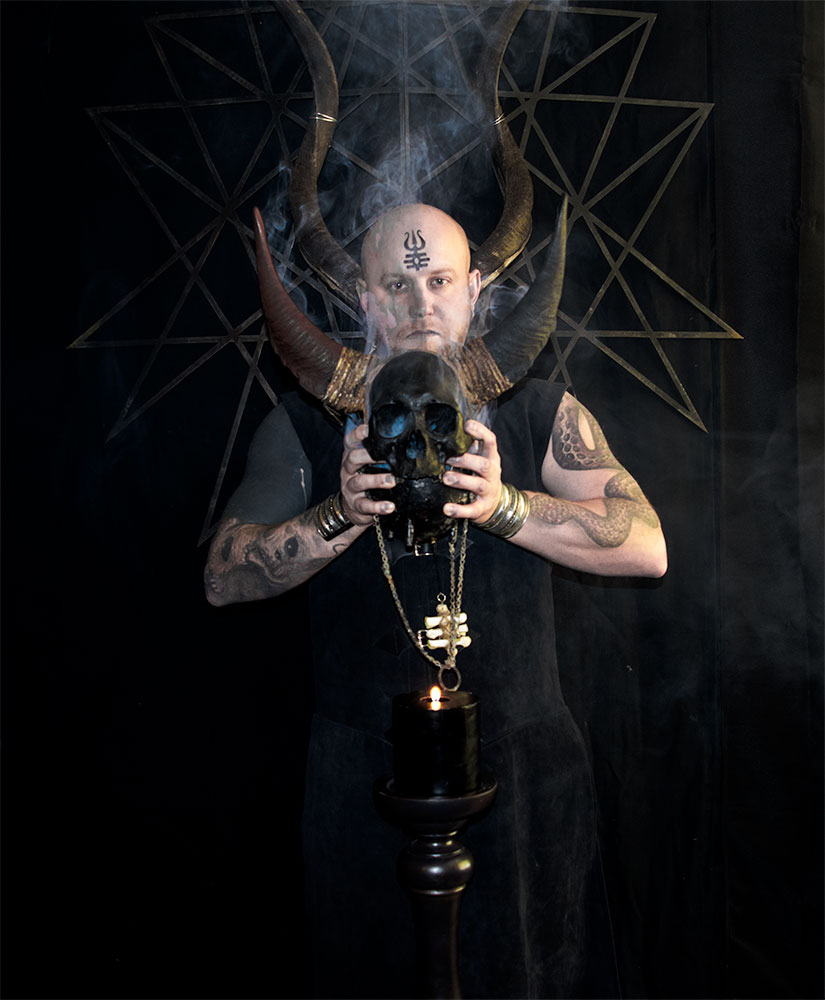
–
A significantly extended version of this article is published in Bardo Methodology #2. The issue features conversations with Bobby BeauSoleil, REBIRTH OF NEFAST, Reverend Kriss Hades (SADISTIK EXEKUTION), MANILLA ROAD, ABIGOR, ATLANTEAN KODEX, MASTER’S HAMMER, NIGHTBRINGER, RAM, IMPALED NAZARENE, CLANDESTINE BLAZE, PHURPA, and INQUISITION.



